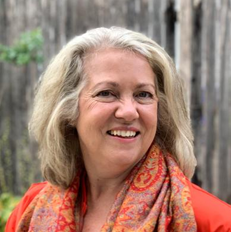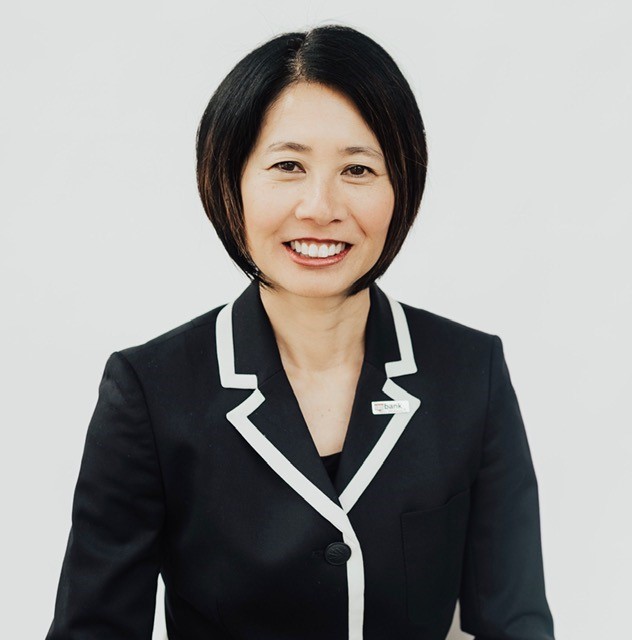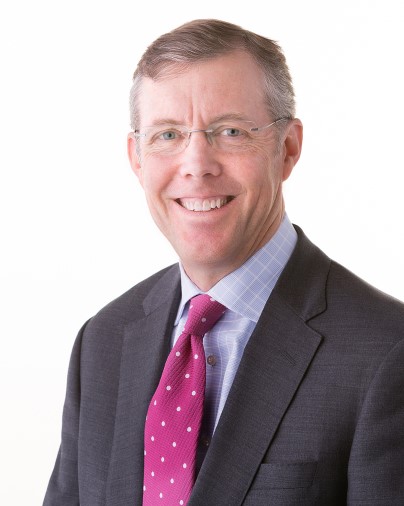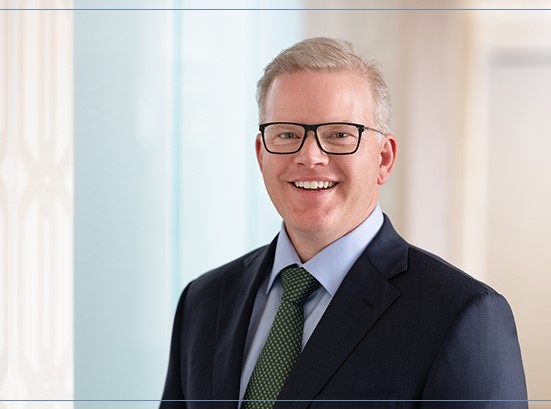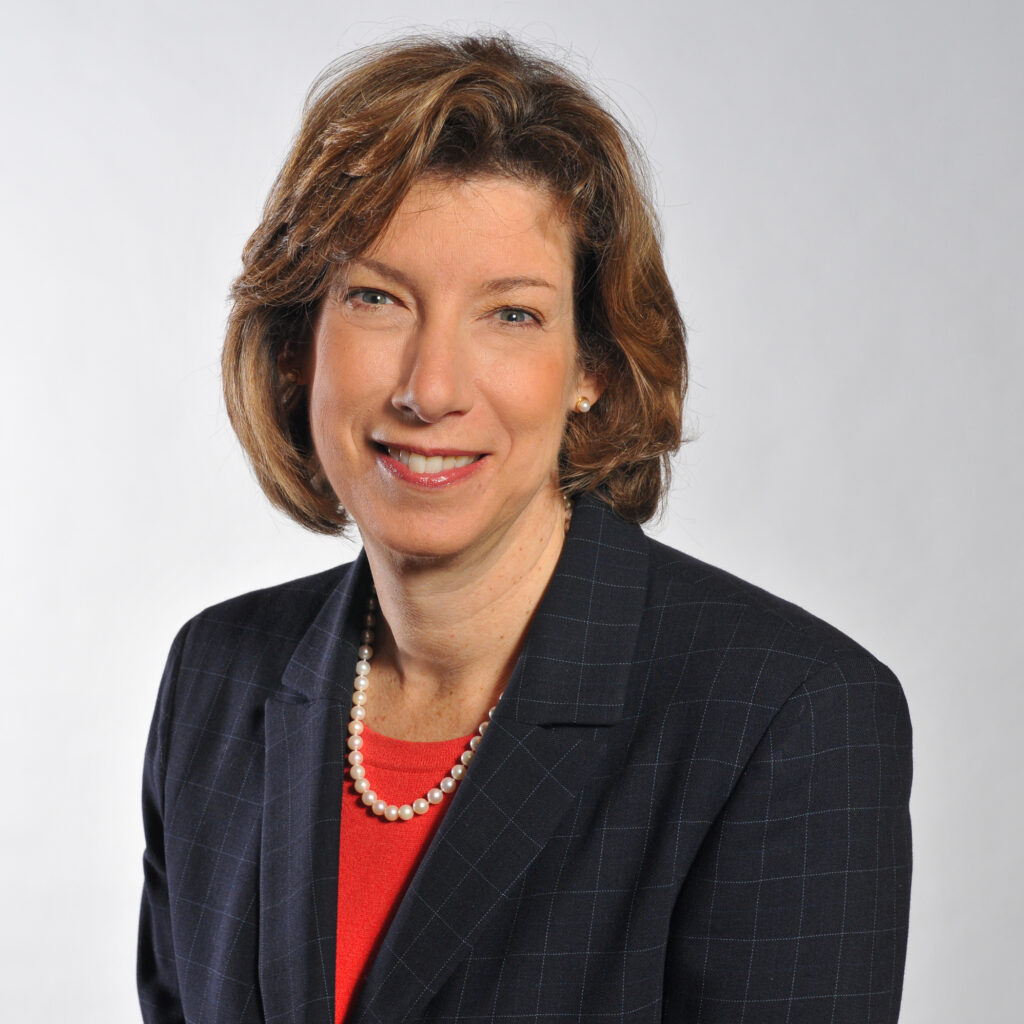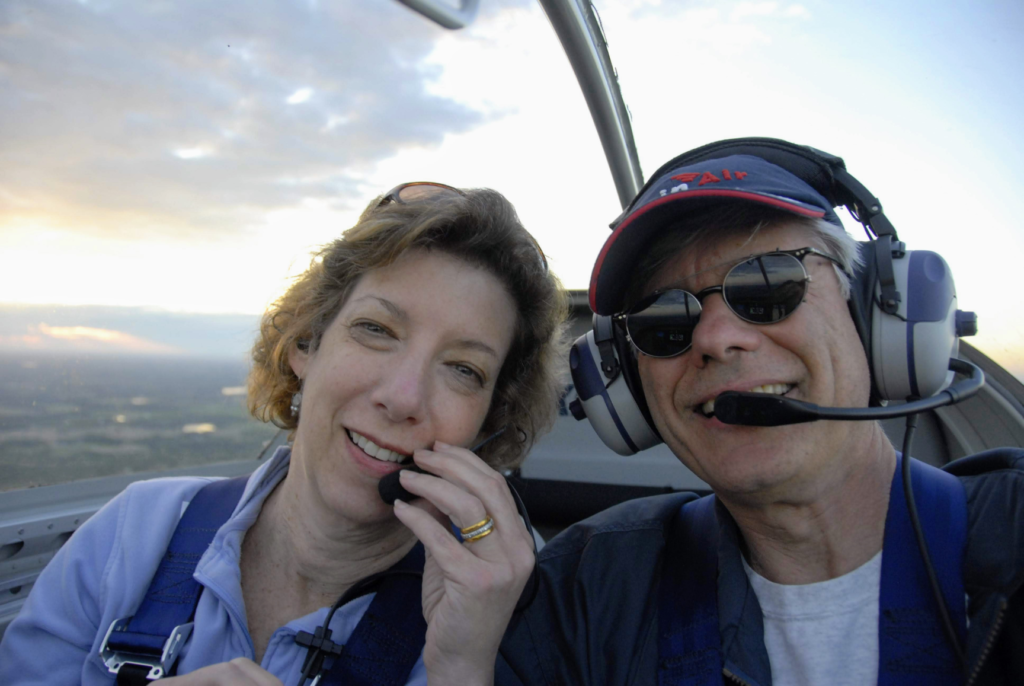By Susanna Gibbons, CFA
Managing Director, David S. Kidwell Funds Enterprise
Carlson School of Management, University of Minnesota
One of the things we constantly remind students of as they evaluate different stocks is the need to understand what the market has priced in. It’s a ridiculous question, really. If a stock is trading at $20 a share, is it because everyone thinks it is worth $20? Or because half of the world thinks it is worth $15, and the other half $25? Or any of an infinite number of combinations? How would we even know? Equity markets in the United States are sufficiently large to balance a really wide range of views, and that is the whole point of market efficiency. This understanding has driven most investors into passive investing strategies, particularly where markets are deep and liquid. There is collective wisdom even in the madding crowds, and sophisticated investors choose not to defy it.
It is fascinating to see how quickly we abandon that discipline when it comes to thinking about the market for U.S. Treasury Bonds. Certainly, there is a great deal of market segmentation that might lead to inefficiencies, but no one really makes that argument. The discussions have, for decades, centered on “how low-interest rates are right now”. Why would anybody buy bonds when interest rates are so low?
In a recent piece published by Morgan Stanley, “A Borrower Not A Lender Be”, Andrew Sheets argues precisely that. Economists at Morgan Stanley believe that economic growth is accelerating, and this justifies borrowing at current levels, but certainly not lending. The growth opportunities cited all provide excellent support for the faster growth scenario – increased spending on combatting climate change, higher infrastructure spending, higher levels of capital investment across all sectors. But there is a flip side to each of these coins. These investments all entail significant economic transitions, and unless we consider the losses that might also result, we have no context for judging the growth.
If you believe that capital markets are efficient – and Treasury Markets in particular – then you have to consider the possibility that there are a range of negatives which the upside-only view is missing. What could detract from the economic growth driven by these opportunities?
A lot. Just a few examples:
- The climate transition involves lots of new spending on wind and solar power, utility scale battery, and new delivery mechanisms. The faster this transition occurs, the more quickly our existing infrastructure is displaced. Stranded assets in the coal sector have already become a problem, and this will ripple through to other fossil fuels based largely on the cost of extraction.
- Corporate Office Parks, an innovation of the Disco era, remain largely deserted. Executives are starting to crow about how excited people are to “return to work!” (as though employees have not been working all along…) but many remain reluctant for reasons both personal and pandemic. Hybrid work looks like the direction we are headed, rendering much of our existing infrastructure obsolete – but investment in the future appears premature. We don’t really know what the hybrid model looks like, so we don’t know what type of real estate we should be investing in. Increased spending on 5G and other forms of connectivity are paired with stranded real estate investments.
- Municipal infrastructure needs are changing. Given the increased number of drought-impacted areas, it seems likely that we will need to completely rethink our model for water and sewer management. There are a wide range of technological solutions more suited to drought prone areas, and existing systems may need to be substantially abandoned or re-tooled.
- It seems likely that in 5-10 years, automobiles will have shifted to an all-electric fleet nationally. Think about the impact on gas stations around the country. All of this existing infrastructure will be obsolete, even as new investments in charging stations ramp up.
- Demographics are shifting in complex ways. The baby boomers are retiring, and moving out of their income producing years into their savings-depleting years. They are dis-investing. At the same time, Millennials are delaying or rethinking child-bearing. Population growth is unlikely to support increased economic activity.
More than at any time in my career, growth opportunities are abundant but paired with equally abundant opportunities for losses. The range of potentially stranded assets is breathtaking, as we re-think fossil fuel dependence, work modality, and the very structure of our families and personal lives. Capex cycles are usually driven by replacement, expansion, and secular shift – and today, it looks like we are facing some massive secular shifts.
What are markets pricing in? To repeat, it is a ridiculous question, but it seems more ridiculous to assume markets are wrong, without considering all the possibilities being captured by current prices. I happen to think we will see extraordinary growth in some areas, balanced by stranded assets, outdated infrastructure, and climate-related property damage in others. On balance, the outlook for economic growth is both rosy and grim, and probably close to zero over the intermediate-term – which is precisely what markets are implying.
When thinking about whether or not to invest in bonds in the current market, the issue is not how low-interest rates are. The issue is entirely around what level of growth we can expect, in the aggregate, going forward. The decision to borrow or lend should be based on what level of growth we expect in the future. Unfortunately, our expectations are likely predicated on a world that no longer exists. Nominal GDP has trended lower since 1980. In the 1990s, we dreamt of the nominal growth world of 8% from the 1980s. As the new century dawned, we assumed that the 5.5% of the 1990s was the new normal. Then 4.3%. In the last decade, growth was 3.9%. We believe ourselves to be looking forward but have always assumed a return to a yesterday just out of reach. Why should we believe at this juncture that we will finally, finally, recapture the past?
Collectively, we continue to believe in the efficiency of markets. Individually, though, we each have the hubris to believe in our own non-consensus forecasts, even as we are proven wrong time and again. Things do change. Maybe this time will be different. Yes. Maybe this time.
And so once again, Charlie Brown lines up to kick the football…
About Susanna Gibbons, CFA
Susanna has over 30 years of industry experience across multiple asset classes – equities, alternatives, and fixed income; and multiple roles – analytical, portfolio management, asset allocation, and educational. She serves on the Investment Advisory Council for the Minnesota State Board of Investments, the Editorial Board for the CFA Society of Minnesota, and as chair of the Investment Committee for the Girl Scouts River Valleys. She is currently exploring the integration of Environmental, Social, and Governance (ESG) principles into decision making, is passionate about teaching sustainable investment practices, and is a fellow within the Institute on the Environment, University of Minnesota. She earned an MBA in Finance from the NYU Stern School of Business and is a Chartered Financial Analyst.





